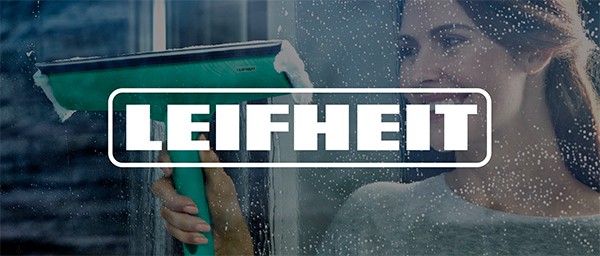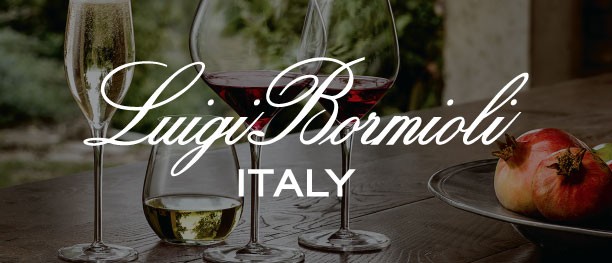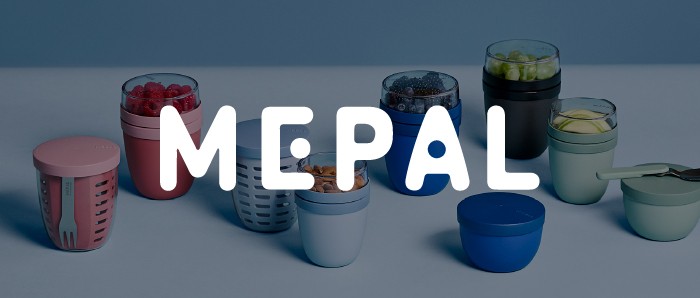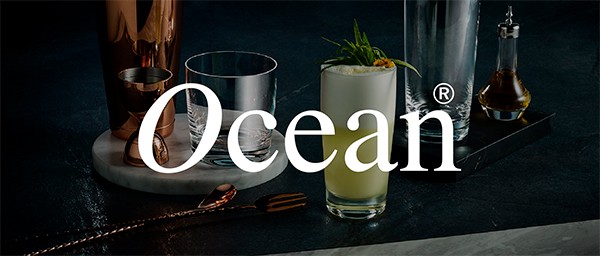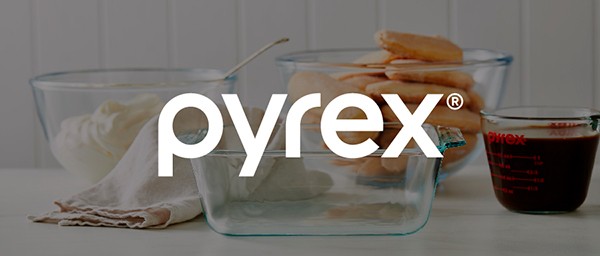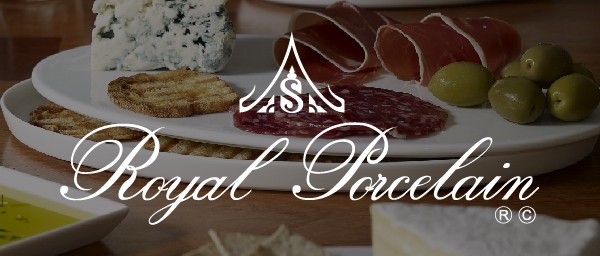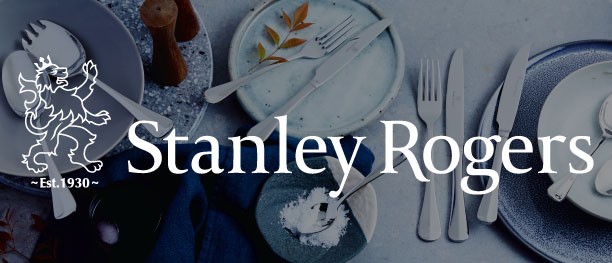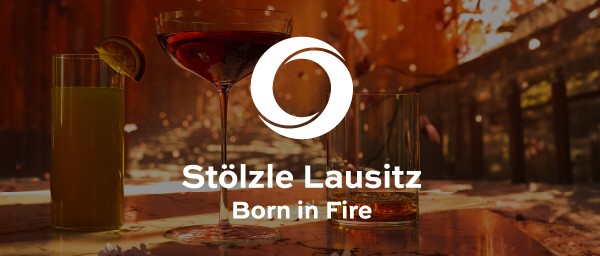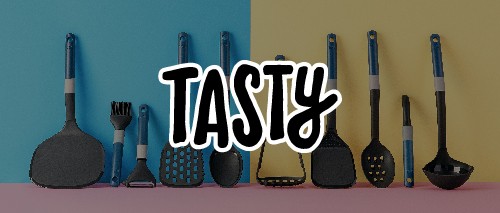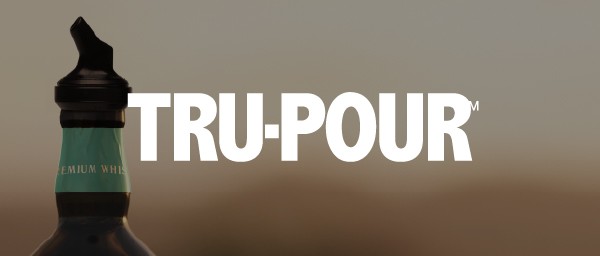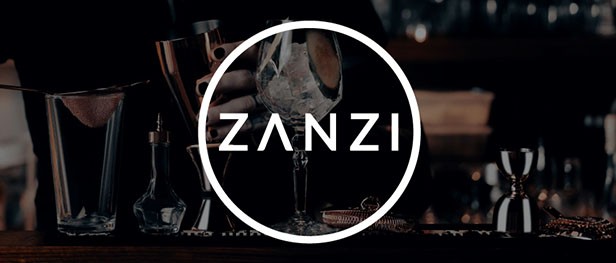What Is Real Fur Made Of Animals
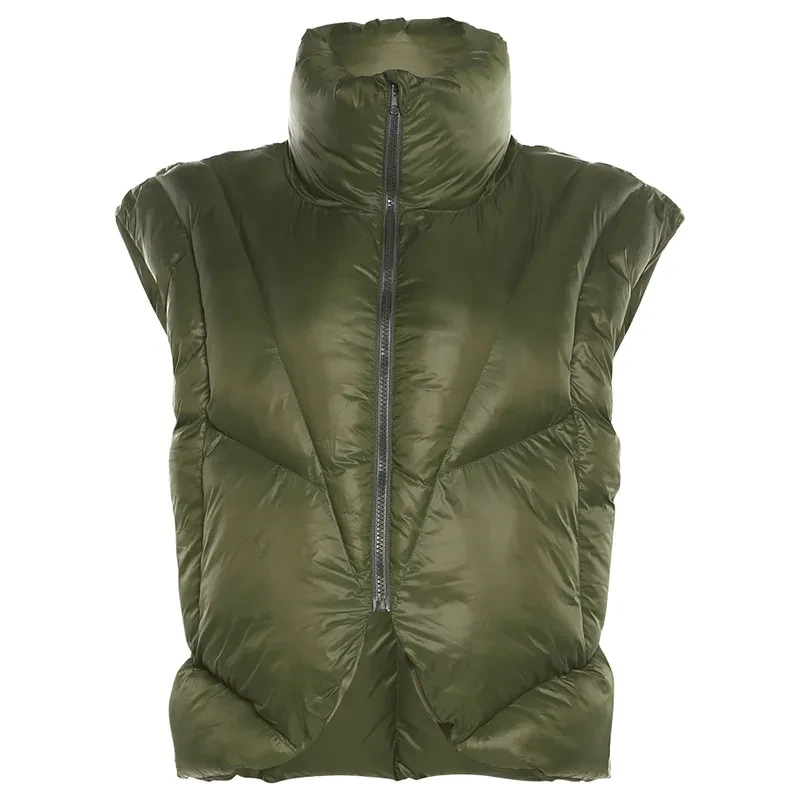
Fashion Stand Collar Solid Color Thickened Short Vest Cotton Coat
Gift Tree
Approx $33.86 USD
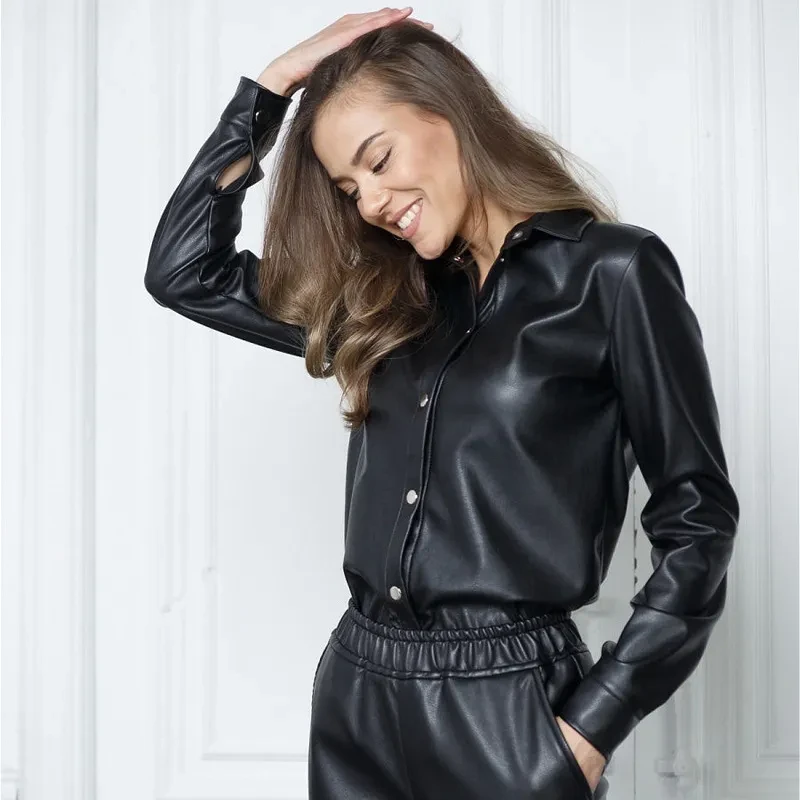
Street Fashion Black PU Leather Urban Casual Shirt
Gift Tree
Approx $26.73 USD
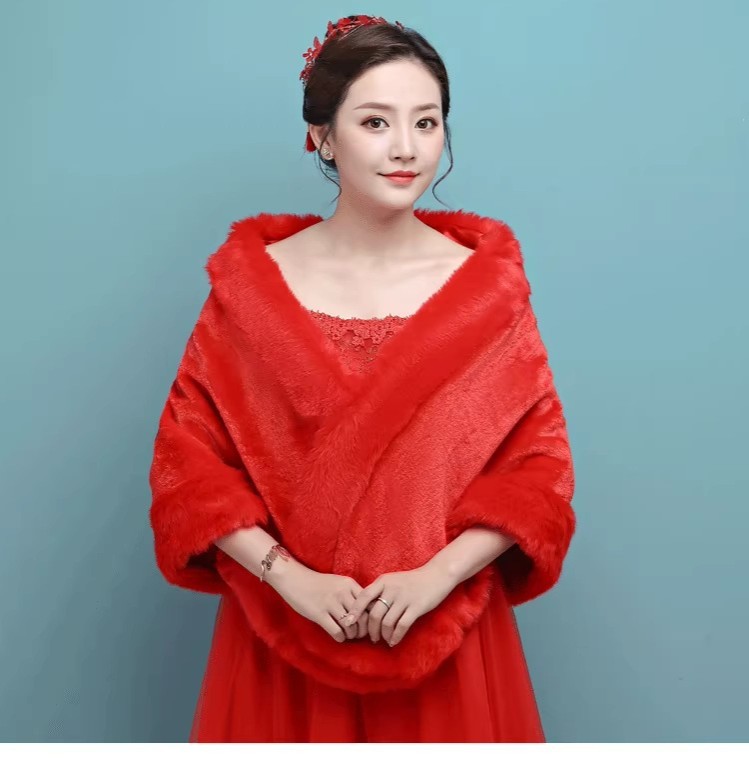
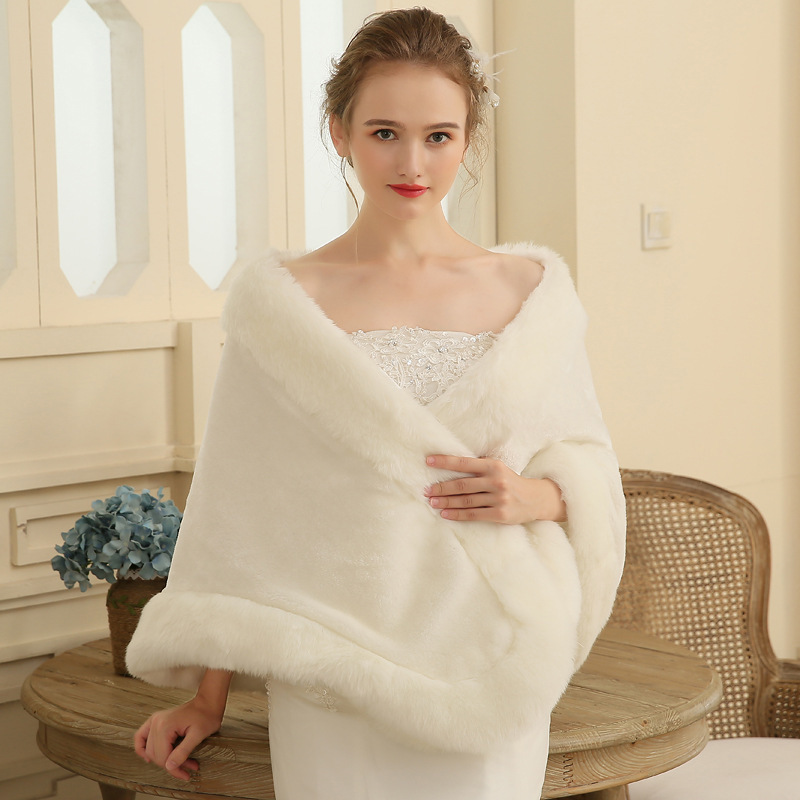
Bridal Fur Shawl Plus Size Wedding Accessories Female Winter
Gift Tree
Approx $26.39 USD
What is Real Fur Made Of?
Real fur, often used in fashion and textiles, is derived from the pelts of various animals. While real fur has been a long-standing part of the fashion industry, its use has become controversial due to ethical concerns regarding animal rights and environmental impacts. In this guide, we will explore what real fur is made of, the types of animals whose fur is commonly used, and the processes involved in creating fur products.
What is Real Fur Made Of?
Real fur refers to the pelts or skins of animals that are used in fashion products, such as coats, hats, gloves, scarves, and trim. The fur is typically removed from the animal, treated, and then used as a material to create these items. The process involves tanning and sometimes dyeing the fur to make it suitable for use in fashion and textiles.
Animals Commonly Used for Real Fur
-
Minks Mink fur is one of the most luxurious and popular types of real fur. It is known for its soft
texture, warmth, and glossy appearance. Minks are farmed specifically for their fur, and mink coats are often considered a symbol of
high-end fashion. However, the ethics surrounding mink farming are debated due to concerns about the conditions in which the animals are
kept.
-
Rabbits Rabbit fur is commonly used for a variety of fur products, including coats, hats, and gloves. It
is softer and lighter than mink fur but still provides warmth. Rabbit fur is often dyed and processed to resemble other types of fur or to
create a specific look.
-
Foxes Fox fur is used for high-end garments such as fur coats, shawls, and collars. Fox fur is known for
its thick, long hairs and vibrant colors, which range from deep reds and oranges to silver and black. The use of fox fur is often seen in
luxury fashion items.
-
Beavers Beaver fur is known for its dense, soft, and water-resistant quality. It is used in coats, hats,
and accessories. Historically, beaver pelts were highly prized and played a significant role in the fur trade. Today, beaver fur is often
used in high-fashion garments due to its luxurious feel.
-
Chinchillas Chinchilla fur is among the softest and most expensive types of real fur. The fur is
exceptionally fine and is often used for luxury coats and accessories. Chinchillas are typically farmed for their fur, and it takes many
animals to create a single garment, contributing to its high price.
-
Sables Sable fur comes from a species of marten and is prized for its luxurious feel, silky texture, and
rich, dark color. Historically, it was used by royalty and the upper class. Sable fur is often used in high-end, luxury fashion items and is
known for its scarcity and high cost.
-
Coyote, Lynx, and Other Wild Cats Coyote fur, lynx fur, and fur from other wild cats are
also used in some high-end fashion items, particularly in trim or small accessories. The fur of these animals is typically used for coats,
hats, and even collars or cuffs. The use of wild animal fur is increasingly controversial, and it has become less common in fashion due to
legal restrictions and ethical concerns.
How is Real Fur Processed?
-
Fur Harvesting Fur is harvested either through farming or trapping. Fur farms are designed to breed and raise animals
specifically for their pelts. Trapping, however, involves capturing wild animals to obtain their fur. Both practices have been criticized
for ethical reasons, leading to debates about the morality of using real fur in fashion.
-
Tanning Once the fur is harvested, it undergoes a tanning process. Tanning involves treating the pelts with chemicals to
preserve them and make them soft and pliable. The pelts are cleaned, stretched, and conditioned to prevent them from deteriorating. The
tanning process also often includes dyeing the fur to achieve the desired color and appearance.
-
Finishing and Dyeing After tanning, the fur may be dyed, sheared, or styled to meet specific design requirements. Fur is
often dyed to mimic other types of fur or to add a fashion-forward look. Shearing is done to shorten the length of the fur for a particular
style or to give the fur a more uniform appearance.
-
Sewing and Assembly Finally, the fur is sewn together to create garments or accessories. Fur pieces may be stitched
together, combined with other fabrics, or even used as trim. The fur may also be attached to other materials such as leather or silk to
create luxurious, high-fashion items.
Ethical and Environmental Considerations of Real Fur
The use of real fur is controversial due to the ethical and environmental concerns it raises. Many animal rights organizations argue that fur farming and trapping are inhumane practices that cause unnecessary suffering to animals. The environmental impact of fur production is also significant, as it involves the use of chemicals in the tanning process and contributes to waste and pollution.
In response to these concerns, many fashion brands have switched to faux fur or other sustainable materials. Faux fur mimics the look and feel of real fur but is made from synthetic materials, offering a cruelty-free alternative.
Conclusion: Understanding Real Fur
Real fur is made from the pelts of various animals, including minks, rabbits, foxes, and beavers. It is processed through a series of steps to create soft, durable, and luxurious materials used in fashion items like coats, hats, and gloves. However, the use of real fur has raised ethical and environmental concerns, leading to a growing demand for cruelty-free alternatives like faux fur. If you choose to wear real fur, it's important to be aware of the origins and environmental impact of the product, as well as consider more sustainable and ethical alternatives.
Enter your content here

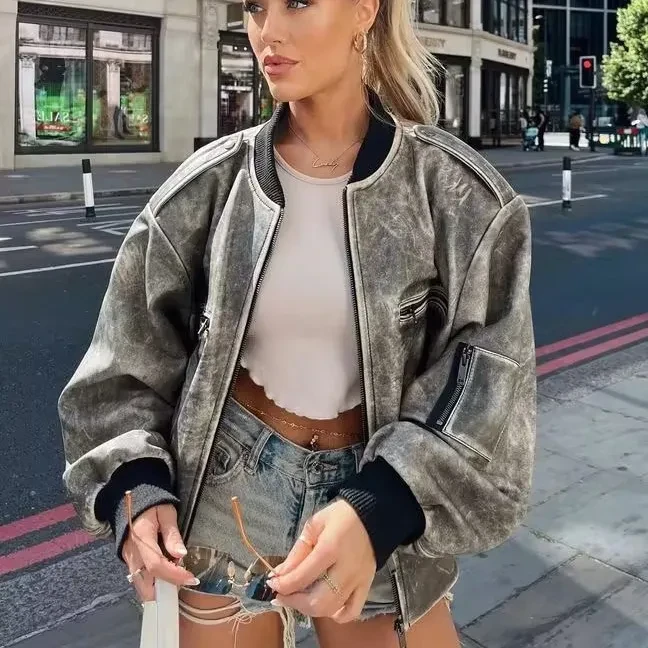
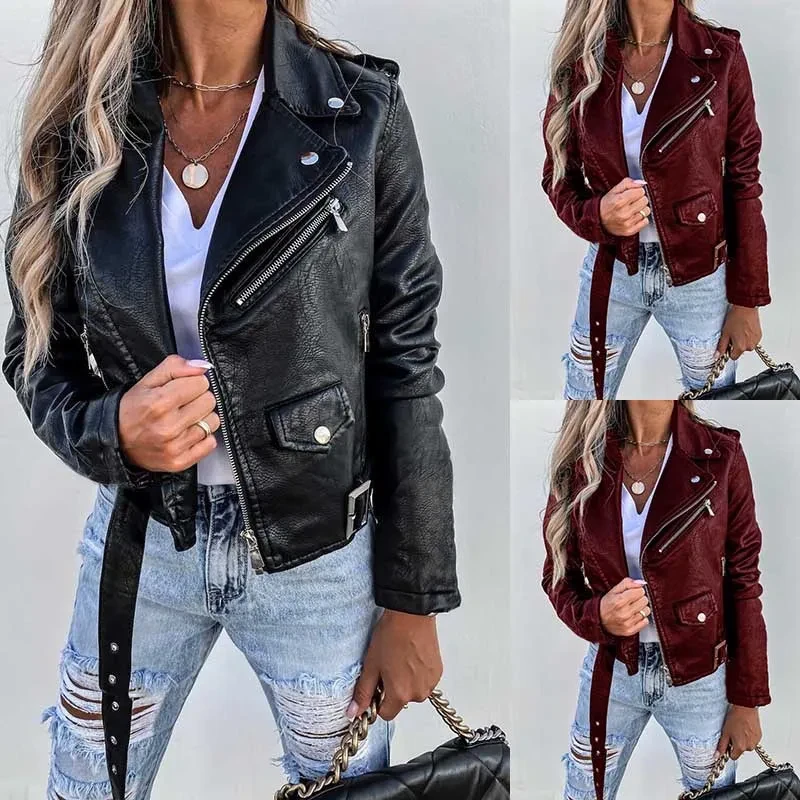
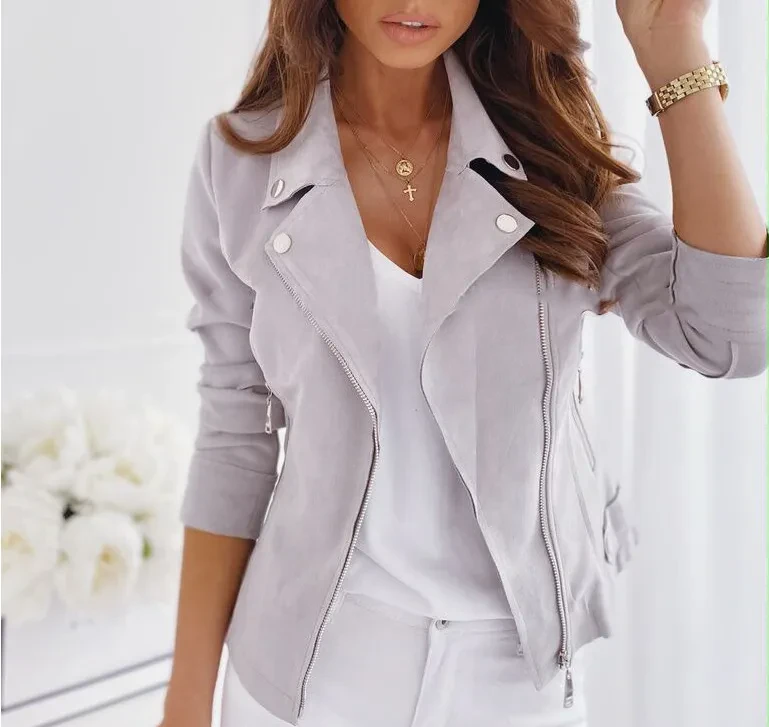
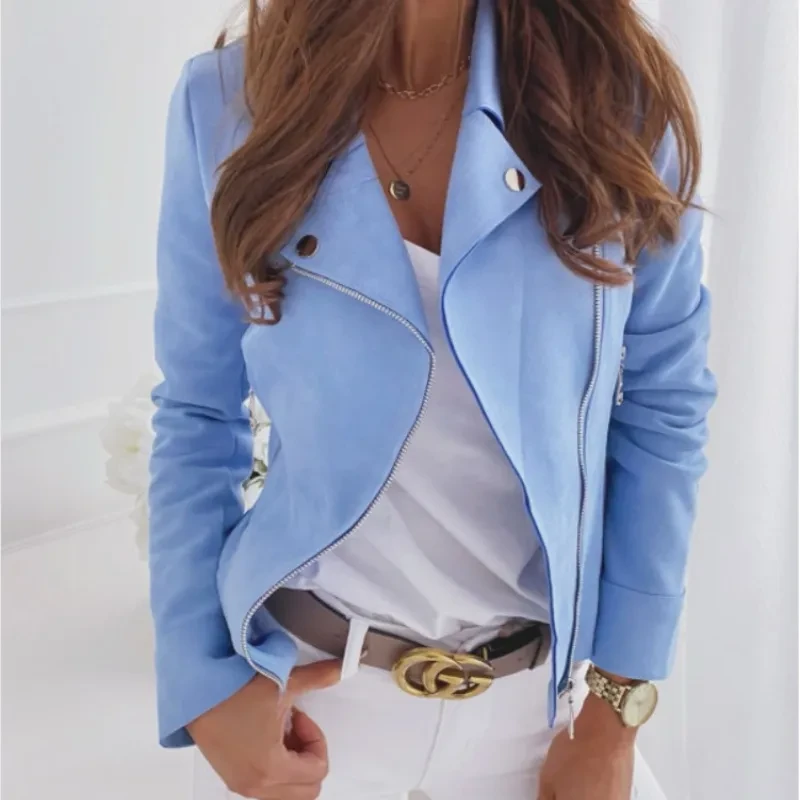


.jpg)

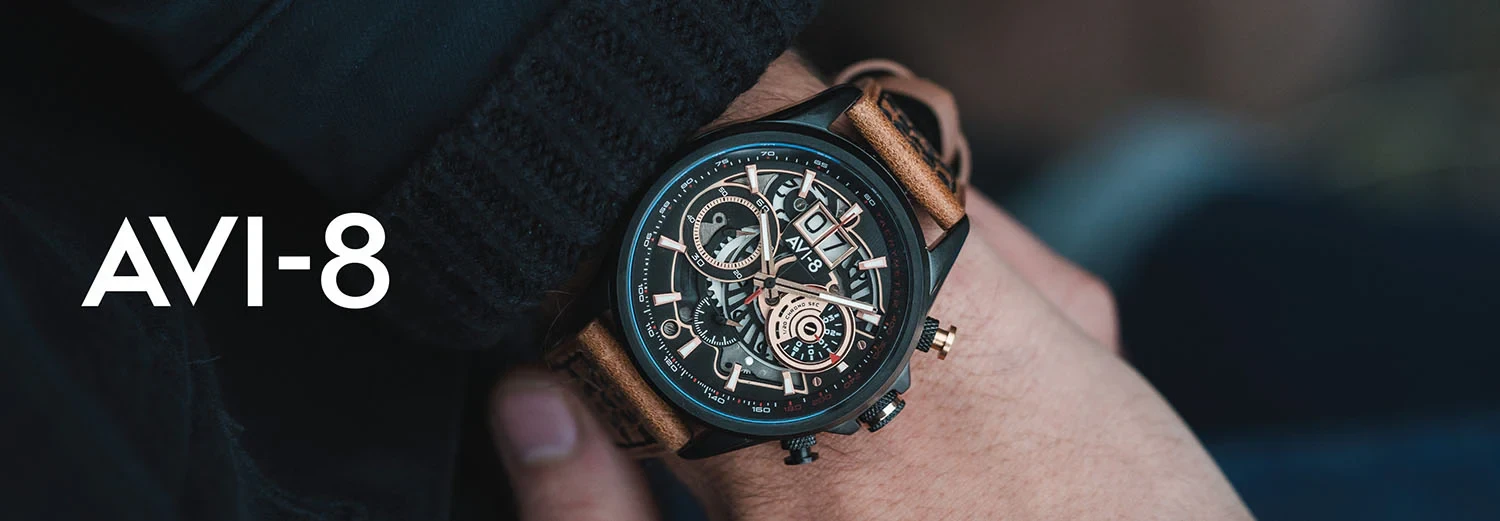







.jpg)





.jpeg)





.jpeg)



.jpeg)








.jpeg)



.jpeg)

.jpeg)

.jpeg)

.jpeg)


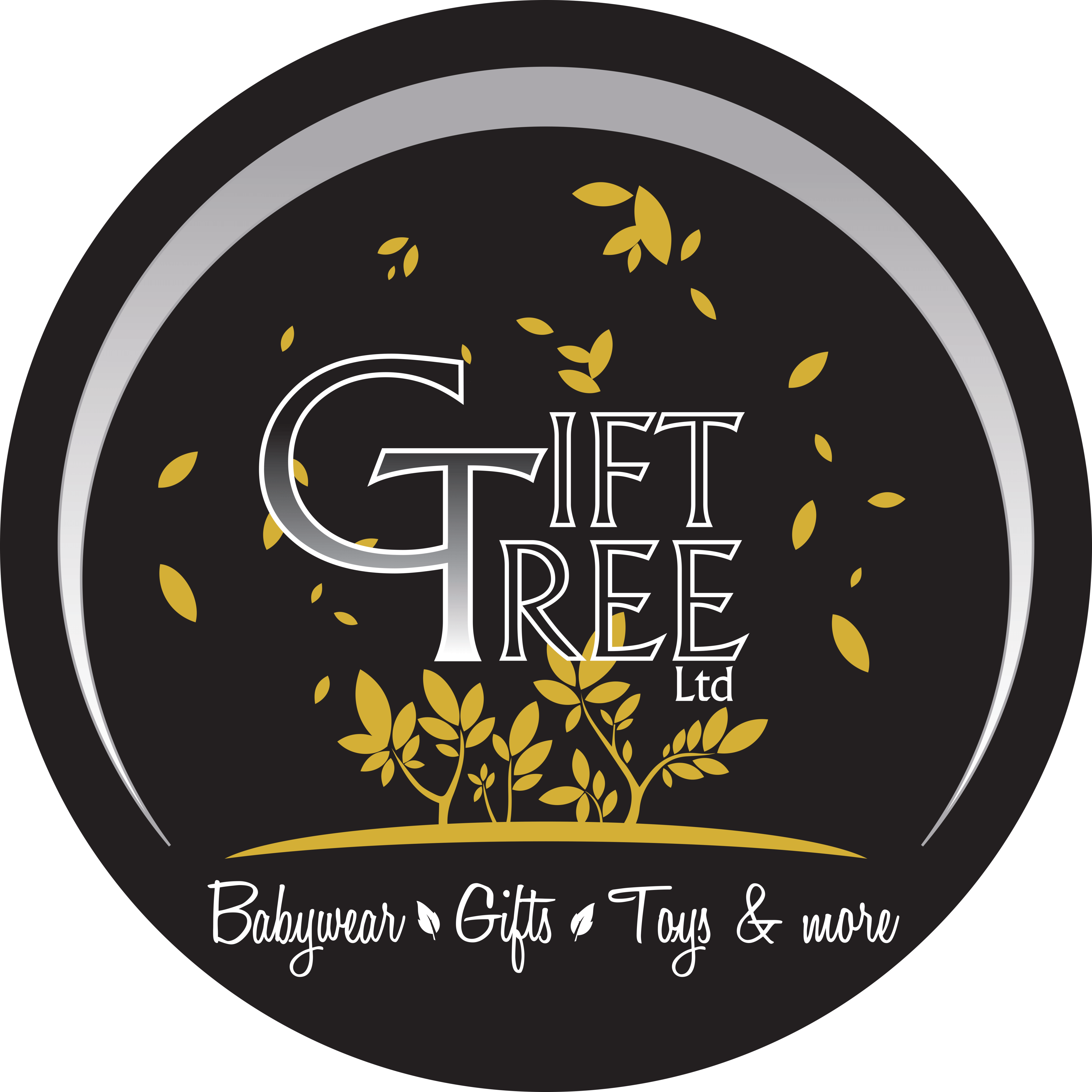

.jpeg)
.jpg)

.jpeg)






.jpeg)
.jpeg)


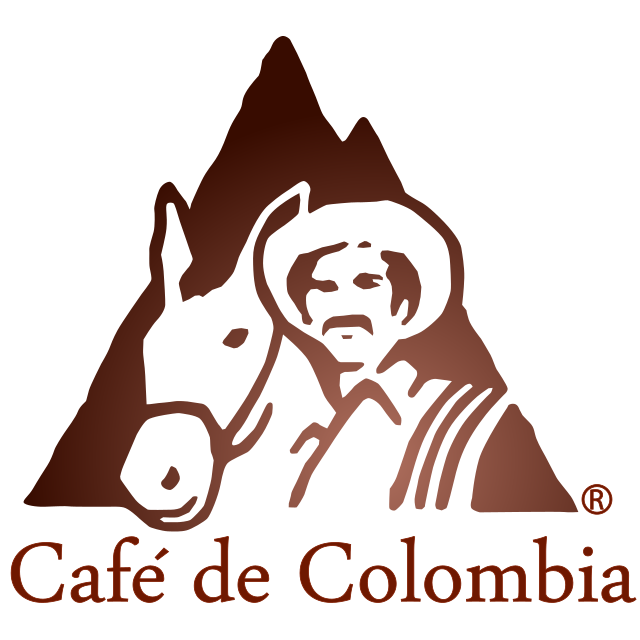

.jpeg)





.jpeg)


.jpeg)

.jpeg)

.jpeg)

.jpeg)






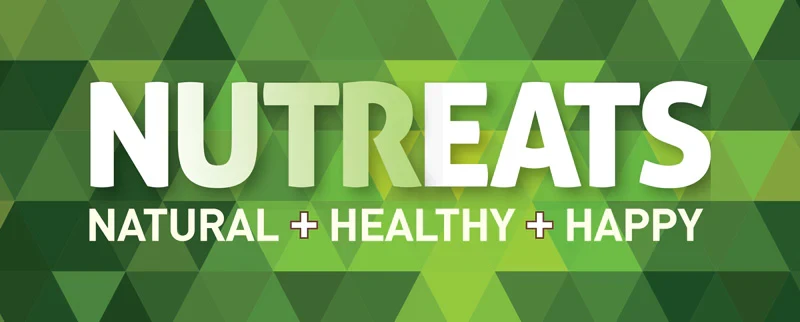
.jpeg)
.jpeg)
.jpeg)





.jpeg)



.jpeg)





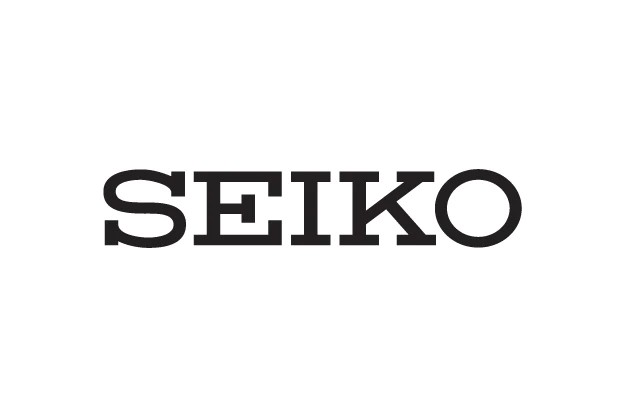
.jpg)
.jpeg)









.jpg)


ulva-Logo.jpg)




.jpeg)
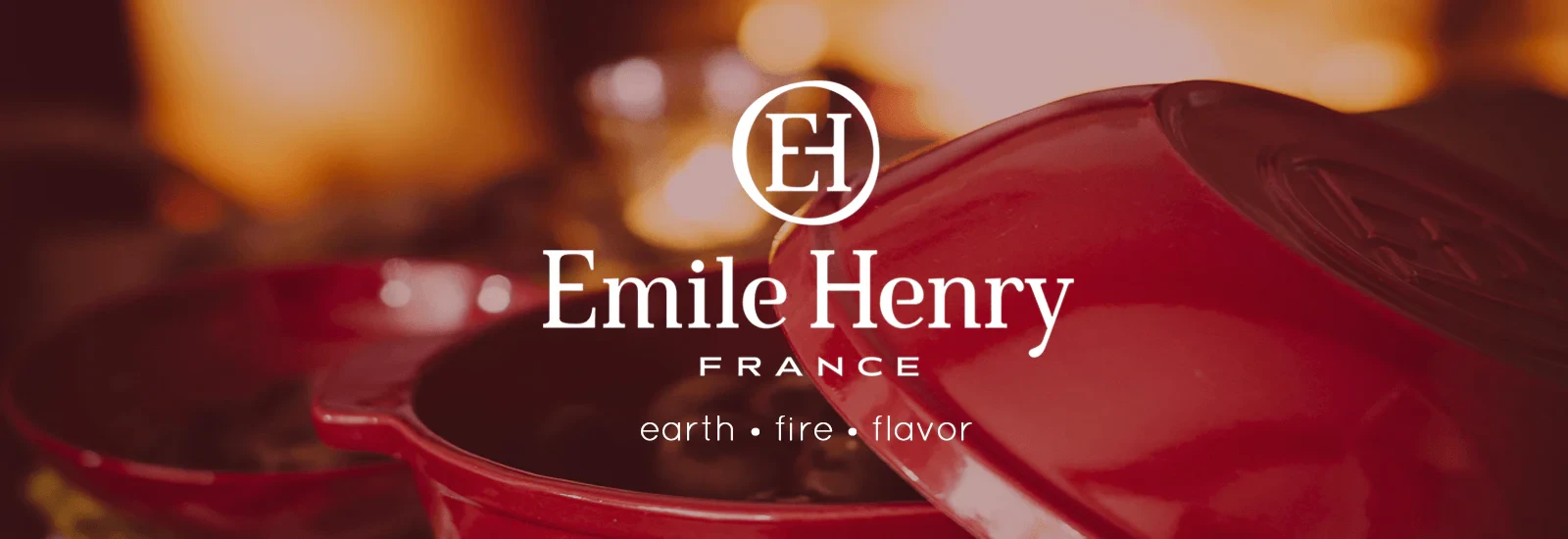


.png)


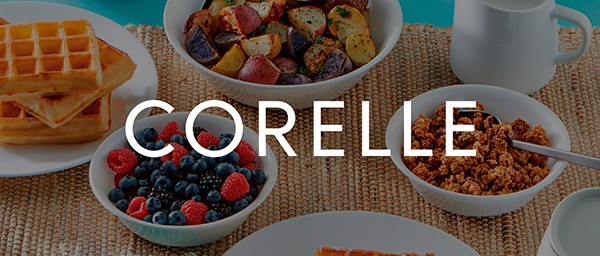
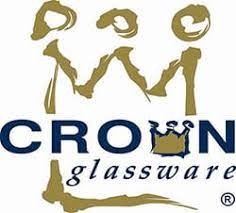
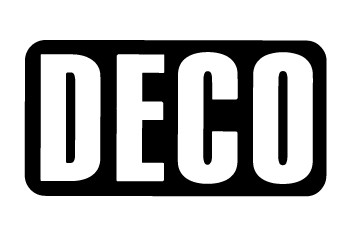
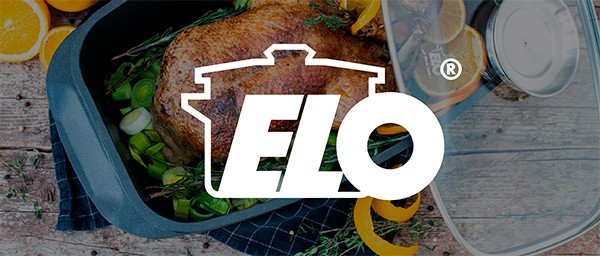


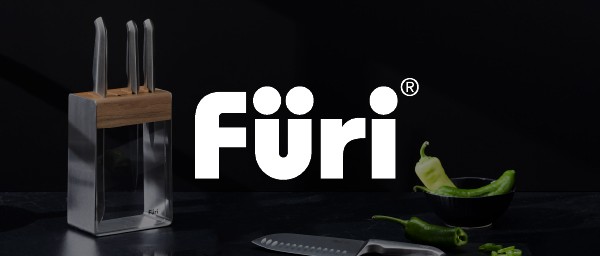



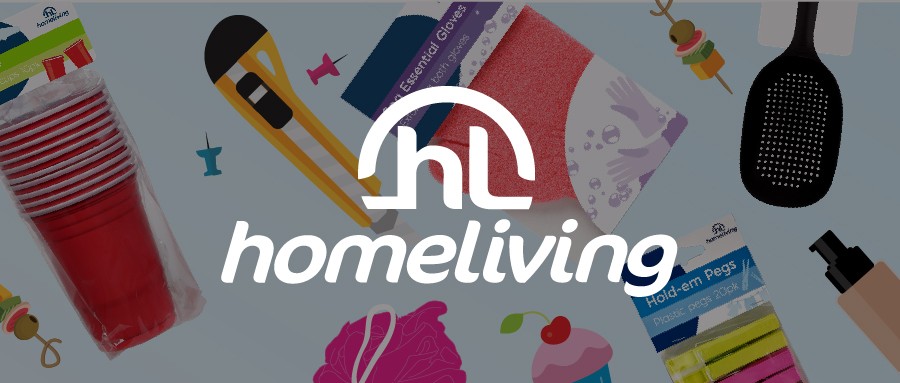


.png)



